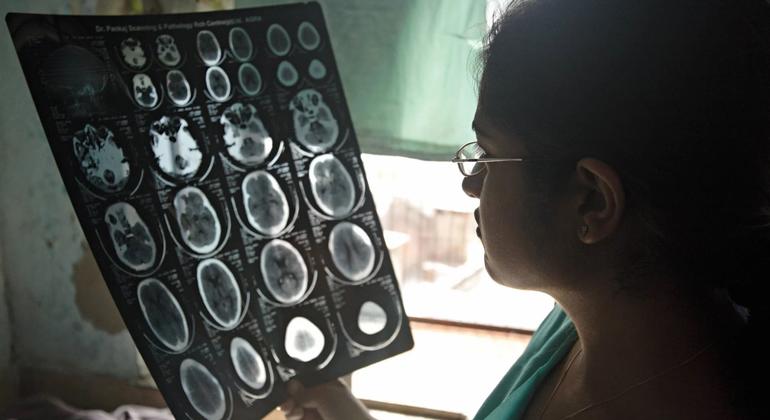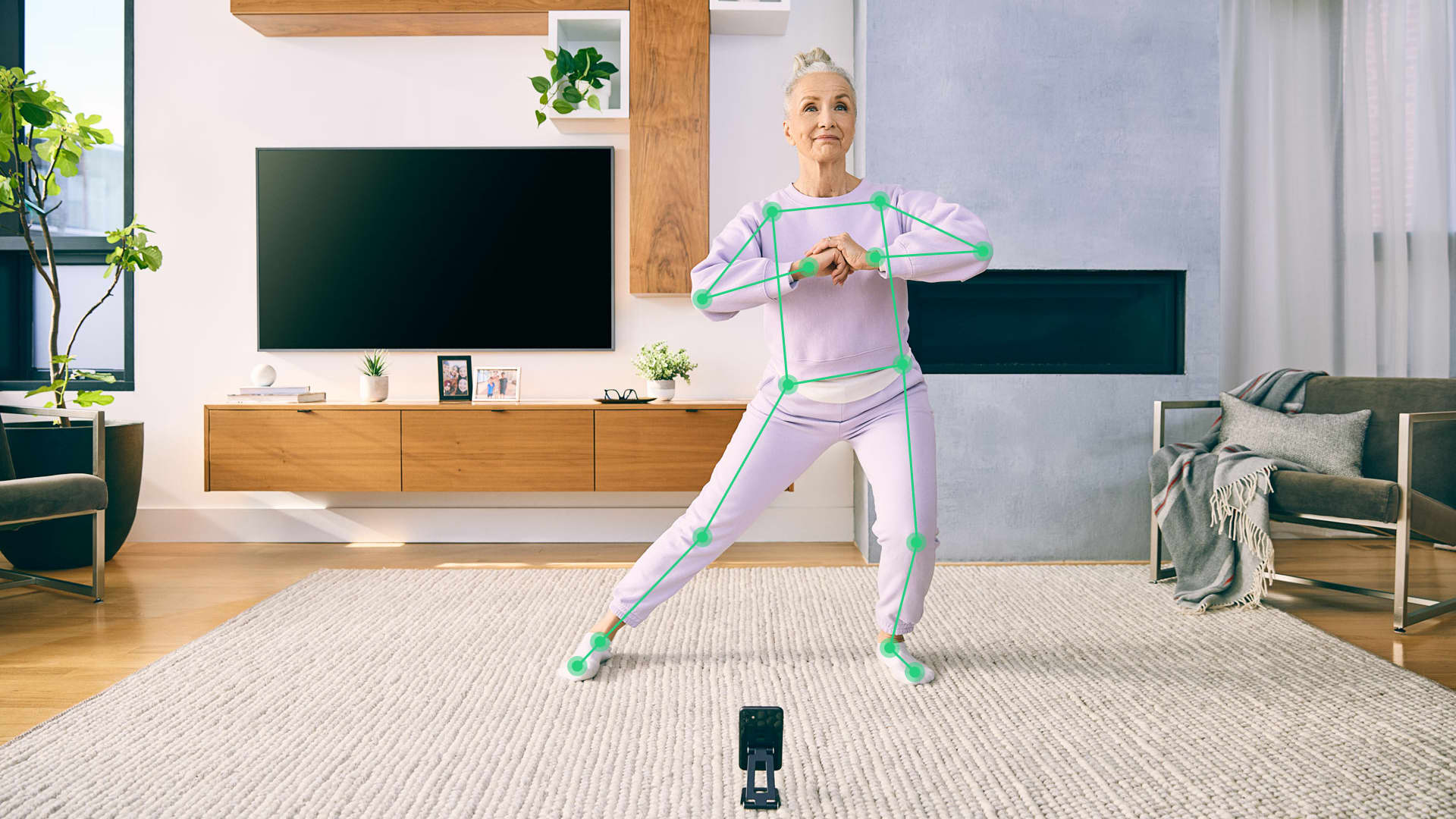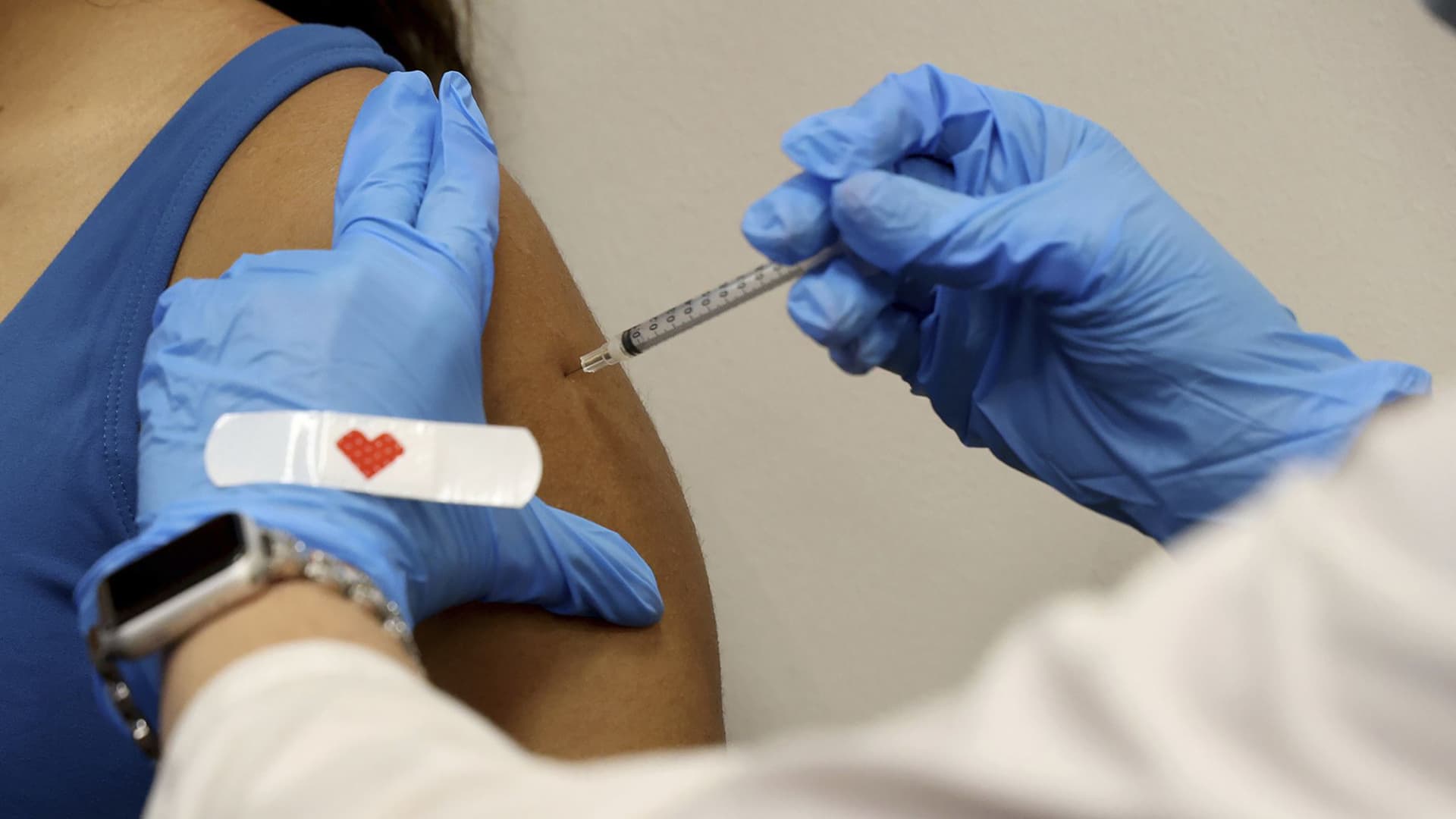A merged image shows an injectable pen of Zepbound, Eli Lilly's weight-loss drug, and boxes of Wegovy, made by Novo Nordisk.
Reuters
A version of this article first appeared in CNBC's Healthy Returns newsletter, bringing the latest healthcare news directly to your inbox. Subscribe here to receive future editions.
Good afternoon and happy Tuesday! Not surprisingly, expanding Medicare coverage of expensive weight-loss drugs could come at a high cost to the federal government.
Allowing Medicare to cover obesity drugs would increase federal spending by about $35 billion between 2026 and 2034, according to an analysis released by the U.S. Congressional Budget Office last week.
Federal costs to cover those drugs would rise from $1.6 billion in 2026 to $7.1 billion in 2034, the CBO said.
The analysis is entirely hypothetical and comes as drug makers and advocacy groups push for the government to expand coverage of these popular treatments and give access to more seniors. These include GLP-1 for obesity, such as Nordisk's Wegovy and Eli Lillys Zepbound, which have high prices of about $1,000 per month before insurance and other reimbursements.
At this time, Medicare does not cover weight loss treatments unless they are approved and prescribed for another health condition. For example, Medicare covers Wegovy to reduce the risk of serious cardiovascular complications in people with heart disease and obesity, but does not cover the weight-loss drug.
CBO expects savings from improving patient health (primarily reducing the incidence of obesity-related diseases)
It will grow over time. Still, he says those savings could be relatively small, totaling less than $50 million in 2026 and about $1 billion in 2034.
“Although net federal savings per user are projected to be greater over the long term, they would still be less than the cost of the drugs,” the CBO said in the report.
The cost of medications could also fall over time, according to the CBO.
Here's why: Expect generic versions of popular weight-loss injections to enter the market and drive down prices. The CBO also anticipates that average net prices for obesity drugs will fall in 2027 due to Medicare drug price negotiations with manufacturers.
Semaglutide, the active ingredient in Wegovy and Novo Nordisk's diabetes drug Ozempic, could be among 15 prescription drugs selected for the next round of pricing negotiations, which will begin in 2025 and take effect in 2027.
But how might Medicare coverage of those treatments affect access?
If Medicare covers those drugs, more than 12.5 million beneficiaries would newly qualify for weight-loss drugs starting in 2026, according to the CBO. The analysis said about 2% of those patients are expected to use the treatments in the first year.
More than two-thirds of Medicare beneficiaries are
classified as obese or overweight, depending on their
body mass index, the CBO said.
Notably, spending could look slightly different beyond 2034.
The CBO said Medicare spending on weight-loss drugs would likely be lower per user because of lower drug costs and increased savings. But Medicare coverage of those treatments would still increase net federal costs from 2034 to 2044, the CBO said.
A Novo Nordisk spokesperson said in a statement Tuesday that the medical and social costs of obesity are “significant,” with some estimates exceeding $1.7 trillion annually in the United States.
“We know that treating obesity is linked to better medical outcomes, even if bureaucrats haven't figured out how to account for these savings,” the spokesperson said, adding that the company hopes Medicare will begin offering coverage for weight-loss drugs.
Eli Lilly did not immediately respond to CNBC's request for comment.
Feel free to send any tips, suggestions, story ideas, and facts to Annika at [email protected].
The Latest in Health Tech: CNBC Tests Abbott Lingo Continuous Glucose Monitor
Stacey Westcott | Chicago Tribune | Tribune news service | fake images
I have been testing Abbott Laboratories'easy-to-use continuous glucose monitor for the past few weeks, and is a nifty new tool for people who want deep insight into how their metabolism is working.
The device is called Lingo and it is a small sensor that goes through the skin to measure glucose levels in real time. It is very comfortable and easy to use. I wear one on the back of my right arm and forget it's there most of the time.
I had tried continuous glucose monitors before, but this was my first time trying one from Abbott. The company launched Lingo in September, just after competitor Dexcom announced its own consumer-oriented monitor called Stelo in late August. I reviewed Stelo for CNBC before that release.
There are many similarities between Lingo and Stelo, but Abbott's app provides a much more comprehensive view of your glucose data over time than Dexcom's. If you are interested in exploring your metabolism at a more granular level, the Abbott system is probably the best product for you.
Glucose is a sugar molecule that comes from food and is our body's main source of energy. Each person's glucose levels vary, but people can develop serious health problems, such as metabolic diseases, insulin resistance, and heart disease, if their levels are consistently high. Lingo aims to help educate users about their habits and teach them how to control their glucose in healthier ways, according to Abbott.
Historically, continuous glucose monitors have been prescribed for patients with diabetes, but Lingo is intended for adults like me who do not have the disease. It's available without a prescription, so you can pay out of pocket and buy one sensor online for $49, two for $89, or six for $249.
Dexcom's Stelo is also available over the counter, and an ongoing subscription for two sensors costs $89 per month. Stelo sensors last up to 15 days before needing replacement, and Lingo sensors last up to 14 days.
Once your Lingo sensors arrive, it's pretty easy to start using them. I downloaded the Lingo app, entered basic biological information, and prepared to apply the sensor to my arm. The app guides you step by step and is easy to follow.
I started by putting together my applicator, the tool that inserts the sensor into the upper arm. There is a needle on the applicator, but ultimately a flexible filament is placed under the skin below the sensor.
I don't normally get nervous around needles, but I had to get a little worked up to apply Lingo. You have to stamp the applicator firmly onto the back of your arm, so it was a little intimidating to do it myself. To apply Stelo with the Dexcom applicator, I just had to click a button.
I finally worked up the courage to step on my sensor, and it really was nothing to be nervous about. I felt some pain, but it went away after about 10 minutes. When my 14 days were up and it was time to replace my sensor, I felt much more comfortable the second time.
Lingo is really easy to use. I don't notice the sensor while I sleep and I can wear all my normal clothes with it on. I would just recommend a little caution when putting on long sleeves so they don't get caught. To remove the sensor, you peel it off like a Band-Aid.
The sensor takes an hour to warm up and then begins transmitting your glucose levels in real time to the Lingo app. One of Abbott's main goals is to help users be aware of glucose spikes, and this is where the app really shines.
Glucose spikes occur when the amount of sugar present in the bloodstream increases rapidly and then decreases. They usually occur after eating, but can also be caused by stress, exercise, and other factors. According to Abbott, limiting spikes and improving glucose control can help users improve their sleep and mood, manage their weight, and be proactive about their future health.
To help users conceptualize the impact of their spikes, the company created a metric called “Lingo Count.” It is an algorithm that assigns a numerical value to each glucose spike and is supposed to represent how significant the impact is.
Each day, users have a target Lingo Count that they want to maintain and that adapts to their body over time. My Lingo Count goal was 60 initially and now it is 44.
It's a really useful way to conceptualize the impact your diet has on your body. For example, when I ate a vanilla Greek yogurt, I added 5 points to my Lingo Count, and when I ate some sweets, I added 14. It's almost intuitive, but it really helps reinforce those healthy habits in my mind. I haven't been able to stay below my goal every day, but I have a much better understanding of why that is and what I can work on.
I also liked being able to drill down into my Lingo Count data. Users can check their Lingo Count over a week, a month, or all the time. It also shows you what time of day you tend to experience the biggest spikes, which in my case is usually the night.
To get the most out of Lingo Count, you should log your meals and exercise in the app. This is pretty simple, but the app crashes from time to time. I often have to tap the input boxes repeatedly before it allows me to type or make a selection, but it always works for me eventually.
Lingo Count is the crown jewel of the Lingo experience, but there are plenty of other cool features in the app as well. For example, Abbott has a tab full of challenges to help educate users and keep them engaged throughout the day.
Challenges are fun and usually involve small changes you can make to help reduce glucose spikes. You can decide how many days each challenge lasts. A challenge I completed encouraged me to close my kitchen after dinner to avoid late-night snacking. This week I challenge myself to drink three liters of water a day.
Abbott also has many articles, videos and recipes available for Lingo users under the discover tab. I recommend checking them out, especially if you are new to glucose management. I think the company does a good job of explaining glucose in simple language.
I'm not very good at eating a balanced breakfast, so I tried some of Abbott's recipes for omelettes and overnight oats. I will definitely return to many of these in the future.
Overall, I really enjoyed my experience with Lingo and it's a tool I would definitely recommend to family and friends. It's easy to use and use, and Lingo Count has helped me better understand how my dietary choices impact my body over time.
Please feel free to send any tips, suggestions, story ideas, or information to Ashley at [email protected].












